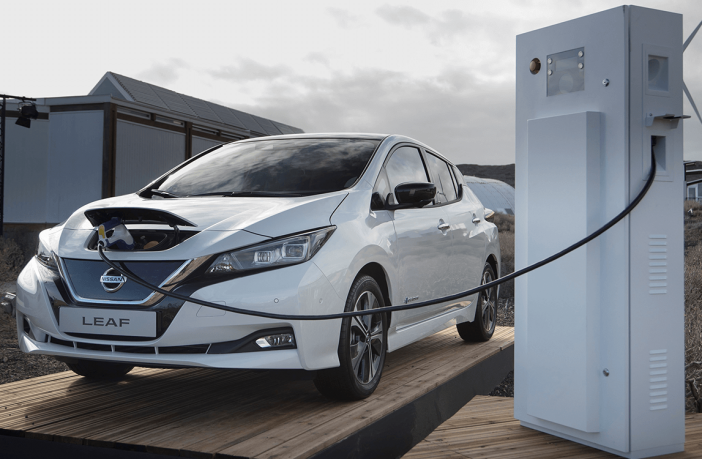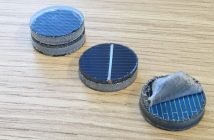- A new carbon-ion battery technology, developed by ZapGo Ltd, is expected to charge an electric vehicle 100 times faster than existing battery technologies.
- The technology has been developed in Oxford in the UK, to charge an EV in 35 seconds and providing a 350-mile (500 km) range, comparable to traditional combustion engine vehicles.
- The battery has solid-state carbon-ion cells and contains no lithium or cobalt, ensuring relative lower cost and safety.
Using only an advanced form of carbon combined with a new type of ionic electrolyte, C-Ion cells cannot catch fire because there is nothing inside that will burn, while the ionic electrolytes act as a fire suppressant. The advanced materials inside can also be recycled at the end of life.
C-Ion cells can be packaged into a vehicle’s structural components such as the chassis and panels, allowing the vehicle to safely accept charge at a faster rate than today’s EVs.
A pilot conducted by ZapGo has shown the ability of the technology to fully charge an autonomous vehicle in just 35 seconds.
The battery can be used on 350kW to 1,500kW (1.5MW) EV chargers, 10 times faster than existing superchargers.
Stephen Voller, CEO of ZapGo, said: “Our eventual goal is making EVs available that perform the same as petrol and diesel vehicles, not only in requiring the same time to recharge as it does to fill a tank with fuel, but also in offering the same showroom sticker price as conventional vehicles.
Voller continued: “Because of the safety risks involved with lithium batteries, it would be difficult for them to achieve the same milestones. Even the new type of solid-state lithium batteries require packaging, cooling and safety engineering that will always make EVs more expensive.
“While the advantages of our C-Ion platform technology will eventually impact the EV market, another goal involves the mobile phone market, so that these phones can be charged in a few seconds and then last all day. Utilizing C-Ion in this way would be a special benefit to airline passengers, who have long been warned about the fire risk of carrying difficult-to-recycle lithium batteries in their luggage.”
Author: Babalwa Bungane
This article was originally published on ESI Africa sister website Smart Energy International and is republished with permission with minor editorial changes.
















